Keith Poyser offers simple and practical advice to help you deal with the affects of wind in the pressured environment of the hunting field...
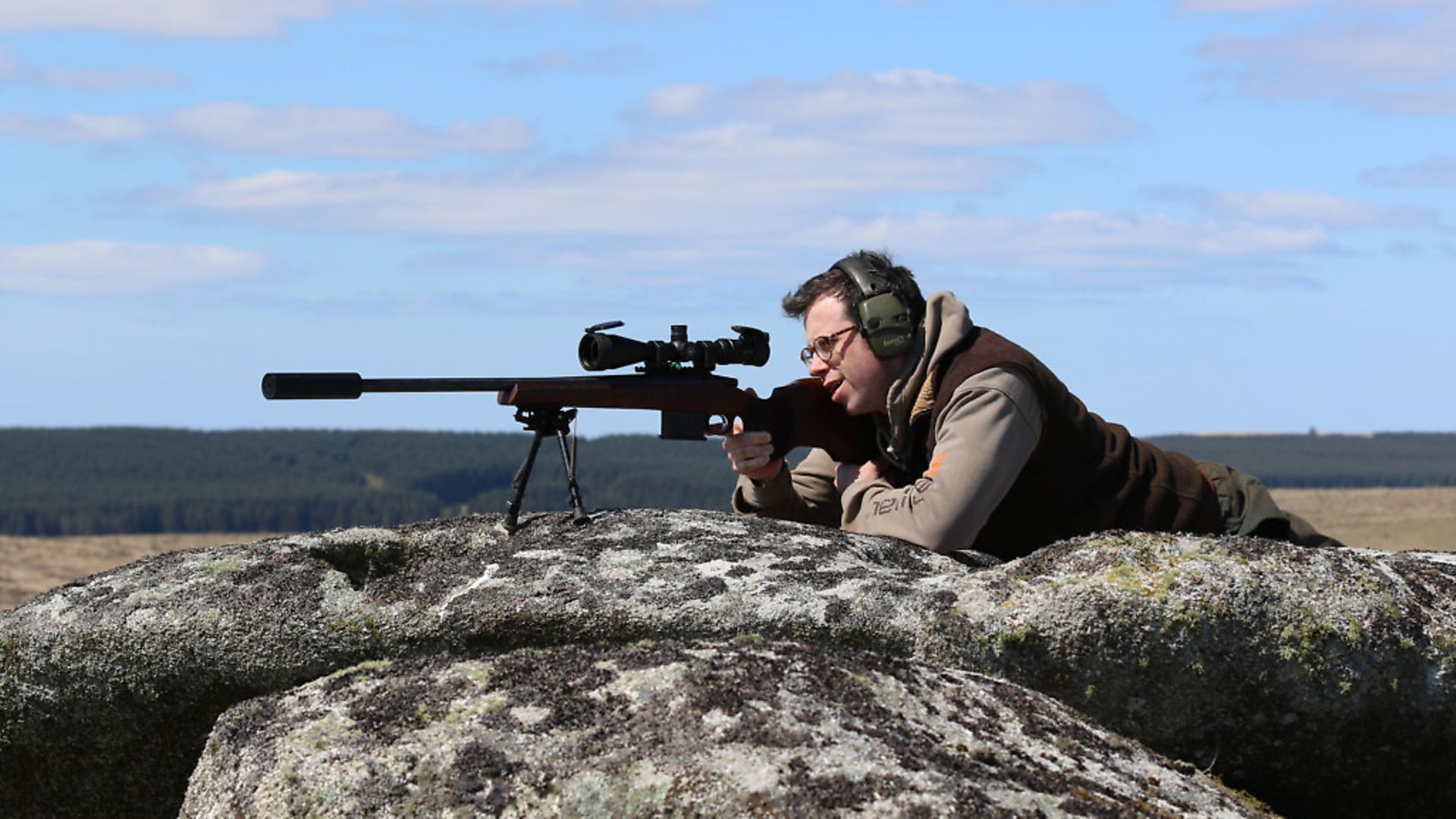 credit: Archant
credit: Archant
Long-distance shooting has its own advocates and controversies, which I will stay away from in this article. The fact is, if you are capable and practiced at longer ranges and know your data for both drop and drift, you will be more effective, as well as more confident and relaxed, at shorter ranges – they just seem much closer and easier.
Anyone can dial for distance, but wind is what messes many shots up as it relies most on experience and trigger time. Having said this, bullet drop is largely predictable, most distances are known and drop can predictably be compensated for – and there are endless tools to help us.
Once we have followed the basics of load entry and trajectory calculation, we can be ‘on’ at most ranges – as long as we validate the data and trajectory and recalculate in our tables. Sure, at extended ranges, several physical factors make much more of a difference than might be expected, including scope height being entered incorrectly, any barrel harmonics change such as suppressor addition, or significant temperature and air pressure changes.
Add to that any element of poor technique, which all of us have somewhere (especially and very commonly when we are rushed, resulting in trigger snatch, for example) and we really can end up with altered impact.
Wind is the enemy!
However, wind is the real issue. Wind is the true indicator of a marksman, and really the measure of a ballistically efficient round. Wind is the shot killer, the score stealer, the glory grabber and, worst of all, the wound causer on quarry. Wind is the enemy. So, we have to learn to beat it whenever we can and decline shots when we can’t.
By its very nature, the hunting application of wind is a different application of knowledge and experience than competition shooting. In PRS and F Class precision matches, top shooters can sense a 1mph wind change and adjust if needed, though usually only at the muzzle. Typically dialled in, wind calls are extremely critical to each shot and often make or break the score, and in many comp formats there is sufficient time to allow formal calculation and sight changes.
Hunting, however, rarely offers the luxury of much time or a solid shooting platform. The shooter is often under pressure and without the luxury of a wind coach and flags. We have to be accurate and fast enough while out alone.
Hunting wind calculations, then, need to be relatively simple, and ideally use easy recall instinct and processing based on simple rules and experience, rather than complicated formulae or extended calculations. This is when holdover windage marks used in our scopes during lots of prior shooting, good rules of thumb known and practised, and prior wind conditions measured and recorded at range can all help.
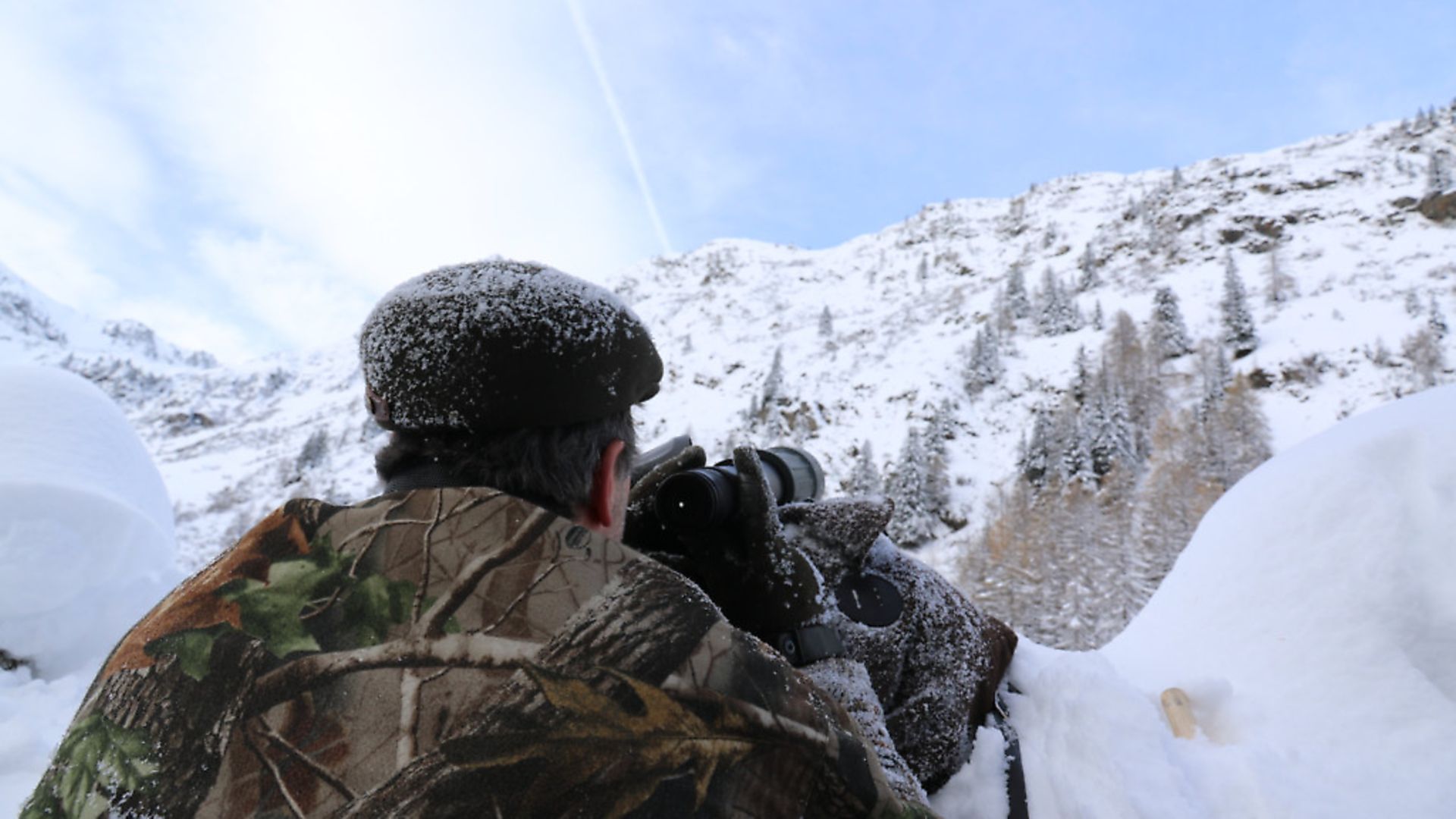 credit: Archant
credit: Archant
Choose your load
Just as we may choose a cartridge because it shoots ‘flat’ (it drops less compared to another, requiring less correction or thought, or a farther out PBR), we should also think about just how ‘slippery’ it is in the wind, and a flat cartridge is not always a slippery one – for example, the .17 HMR or .204 Ruger. Light bullets typically get moved much more, so heavy for calibre, high G7 BC are a smarter choice. For example, a higher BC 115gr bullet in 6mm will move far less than a 75gr in the same calibre – if your twist rate and throat length can manage.
Some calibres are just more effective as well, something that should govern choice – 6.5 Creedmoor is an example, being well-known for having .338 Lapua-like in-flight ballistics, if not the same terminal energy, versus the venerable and effective .308, which is considerably more affected by wind and drop in normal weights. Think 66” of drift in a full value 10mph wind on a 140gr 6.5, versus 90-100” on a 175gr .308 Sierra match. This means if you shoot a less efficient cartridge you need to be 25-33% better at reading the wind, and the subsequent shot, than you do with a better cartridge that drifts less.
Having considered all this, and thought through our use case (hunting), how do we ensure fast, accurate wind reading and resulting shots in long-range hunting scenarios? Let’s think about the ‘spot it, range it, dial it, shoot it’ process and add in wind.
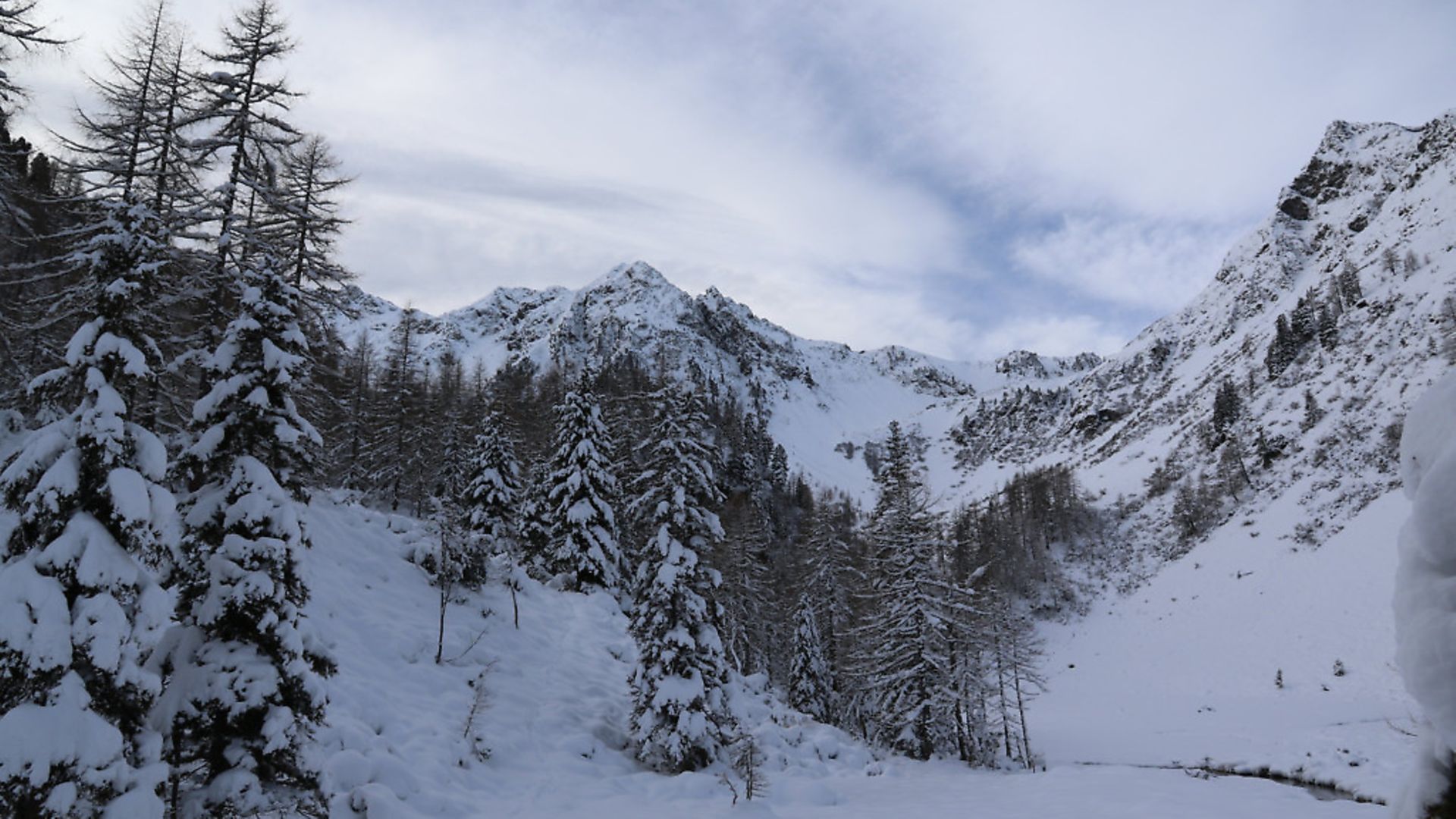 credit: Archant
credit: Archant
Reading the signs
We’ve judged distance and dialled in if farther out than our PBR. Wind is now the challenge to our shot. The first item is observation: what are the wind indicators and what are they saying? While hunting, it is unlikely that you have your pocket wind speed indicator with you that you may use at comp or range days. Assuming that you don’t, you need a fast reference system that ‘brackets’ the wind, rather than being overly precise for this application.
But we also need to consider where the wind is – ‘muzzle’ wind, ‘mid-range to target’ wind or ‘at target’ wind. The earlier the wind affects bullet flight, the more its effect is magnified. So, rule of thumb number 1 is: the first third of distance is 30% impact, the second third is 40%, and the last third is 30% of the wind.
In simple terms, the first two thirds of its journey is 70% of the wind impact. A valley with a strong left-to-right full value wind of 10mph in the first two thirds of a 350 yard shot, but with a switch right-to-left in the last third, means an overall impact of 40% left-to-right, or 4mph. If we know our 4mph impact at 350 yards we can quickly hold left into the wind and take the shot.
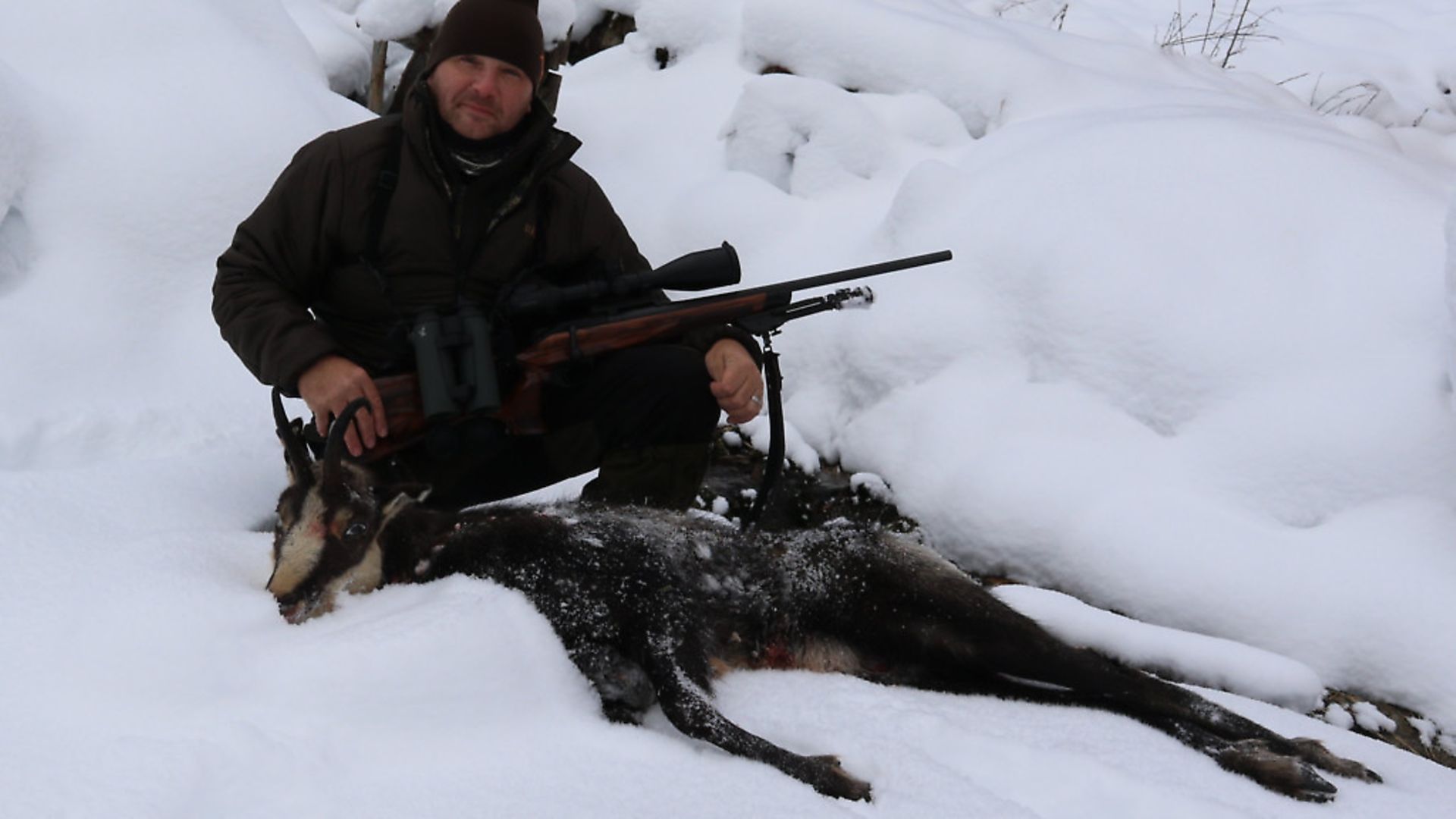 credit: Archant
credit: Archant
But how can we tell wind speed from indicators along the bullet path? This is one item we can all improve and practice, just like range estimation, while doing normal things. Just as we can carry ranging binos with us when dog walking to guess then confirm object distances, we can do the same with a wind meter on windy days – judge it, then check it. Keep doing it, and surprise yourself with revelations, for example, of just how strong a commonly quoted 10 mph wind actually is, feels and looks. You’ll bore your kids and spouse silly (trust me, I have).
So, we need to estimate the wind… ideally, quickly. Rough guides for quick recall rule again here from our spotted wind indicators – just look up the Beaufort Scale for an easy guide. As hunters, we may wish for speed to classify wind simply as weak, medium or strong (after which we don’t shoot). These would be ‘bracketing’ wind ranges for calculation purposes – less precise but much faster, and surprisingly ‘on’ out to mid-range.
* Weak: 1-3mph. Smoke/powder indicates, grass moves slightly, as do leaves.
* Medium: 4-7mph. Wind felt on face, leaves rustle and sway.
* Strong: 8-12 mph. Smaller treetops and bushes sway back and forth.
* Very strong: 13-20mph. Whipping trees and shrubs move rapidly back and forth. It’s likely that unless absolutely constant, one would not attempt a shot at long-range.
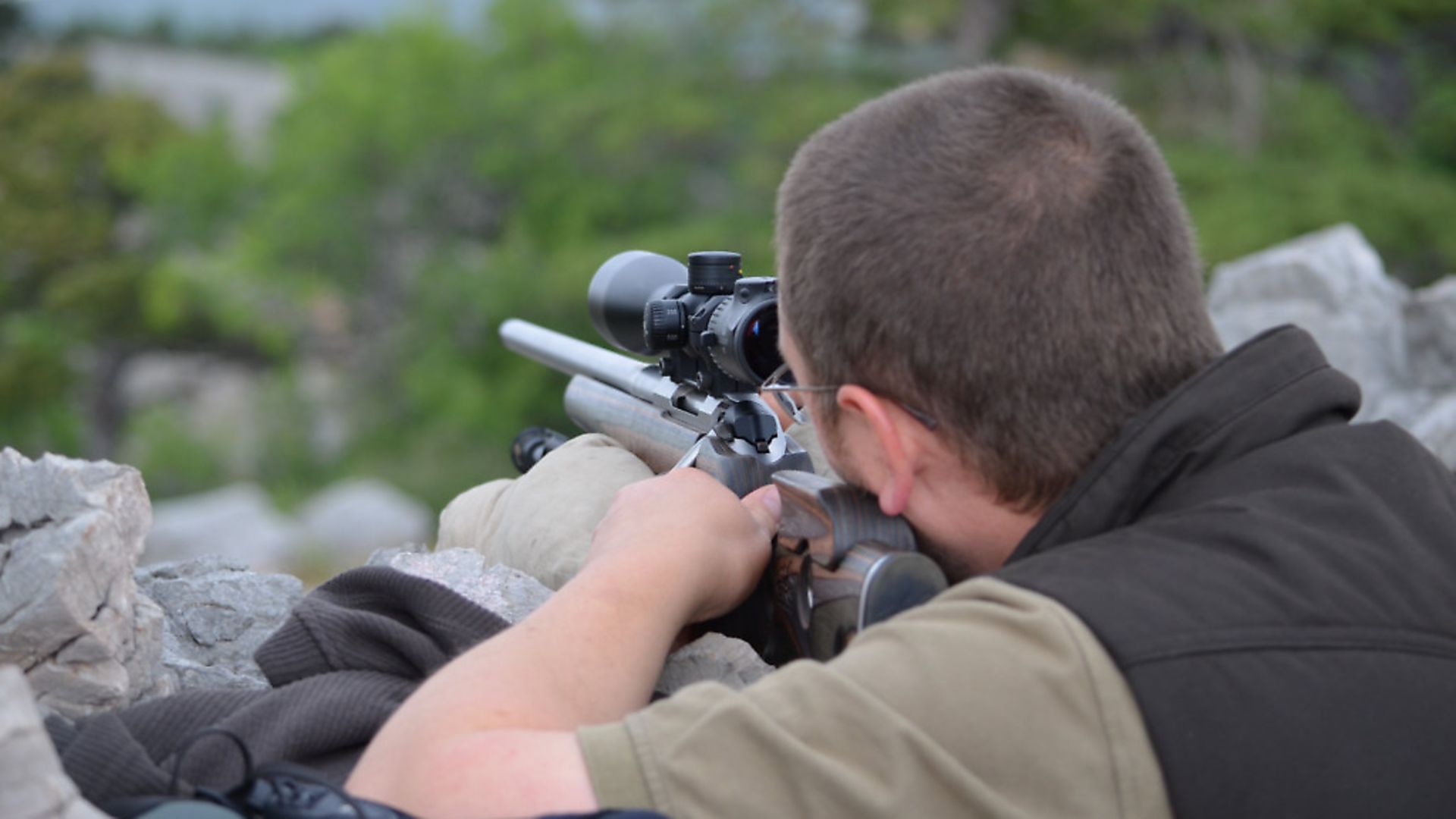 credit: Archant
credit: Archant
the wind clock
We quickly need to apply that wind to our position, and this means wind direction relative to us. To do this we can use a wind clock, which is easy to visualise. Is the wind coming from dead ahead, which is 12 o’clock? (Its actual slight effect will be ‘impact down’, but ignore this unless in a long-range match). For us, it is ‘zero value’ wind, meaning regardless of wind speed we disregard that wind for our shot when hunting. Wind from dead behind at 6 o’clock? Same. This, in fact, lifts point of impact slightly, but is zero value for hunting distances, again regardless of speed. Winds coming from 90° to our 3 or 9 o’clock, however, are ‘full value’ winds, meaning that if 10mph is measured, we apply 10mph to the calculation/estimate. That then leaves ‘half value’ winds, for hunting purposes at least, where the wind will be coming halfway between 3 and 12, or 3 and 6 o’clock, or between 9 and 12 or 9 and 6 o’clock. We can be wildly complex on this and factor in wind with bullet spin lift, and the concept of zero wind, quarter value and constant versus bracketing and more, but for hunting, ignore!
Now we know wind speed and wind direction relating to us, we can either dial in the correction or aim into the wind by a properly determined amount – an app will tell us inches and MOA hold-off for wind, and many can in real time take actual wind input (like iStrelok for example), but we want to have validated this before we pull the trigger, and have time and experience in doing so on quarry. Remember that wind is constantly shifting, so if you’ve made the calculation, take the shot in those conditions… or start again. Pressure can also mean that we may turn the dial the wrong way… so, for hunting, hold for wind unless you have lots of time.
Wind makes shooting interesting. It’s the thing that will most cause us to miss after technique, and needs the most thought, practice and experience. Take a target out on your ground or at the range, at extended distance, on a blowy day and watch the impact wind has. Frequently surprising, often changing and shifting, it keeps us guessing. Practise wind reading and extend your capabilities for more opportunity and more enjoyment of your own hunting situations.
For step by step advice to help you set up and use a Kestrel Wind Meter, click here for part one, and here for part two.
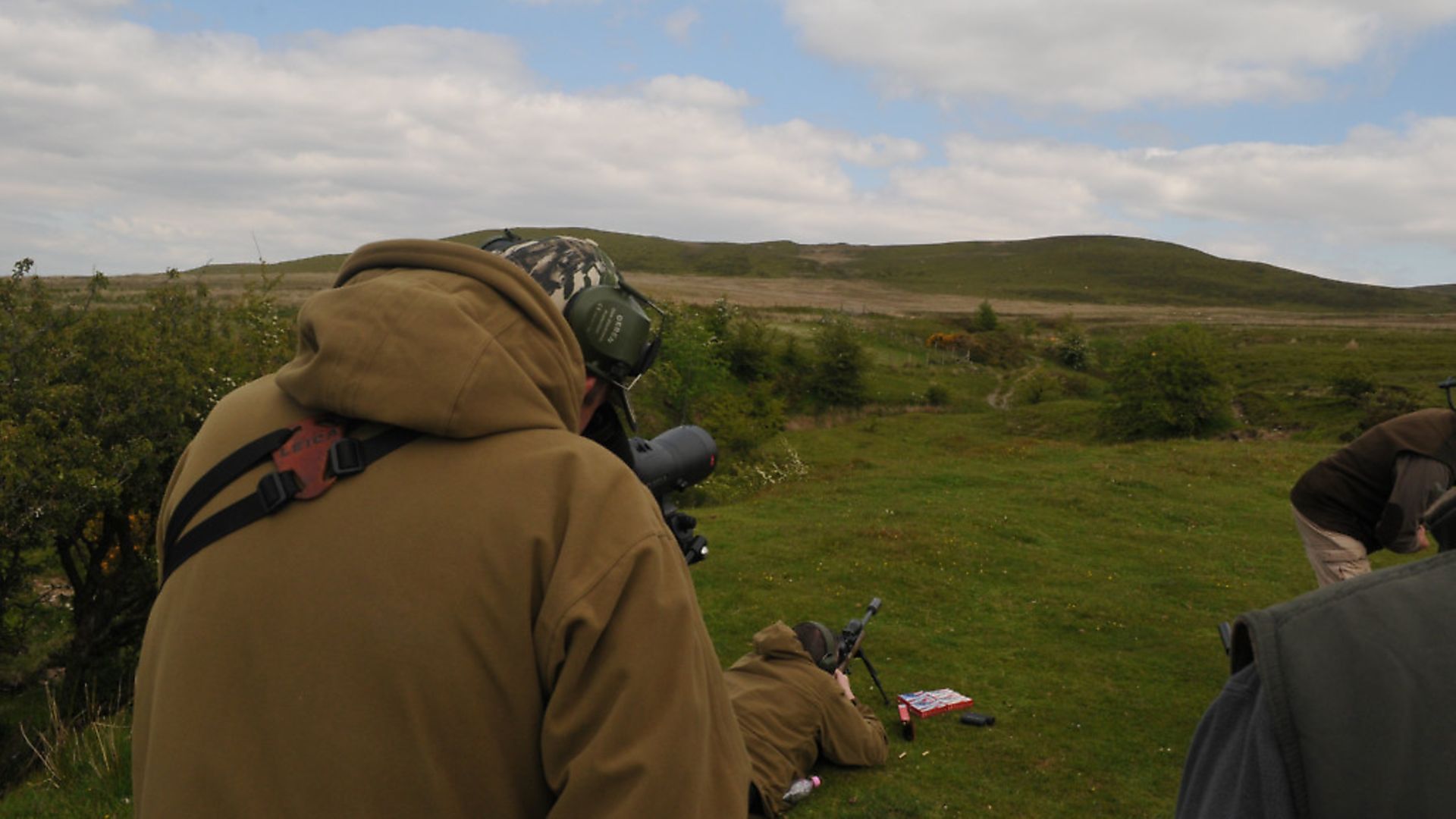 credit: Archant
credit: Archant
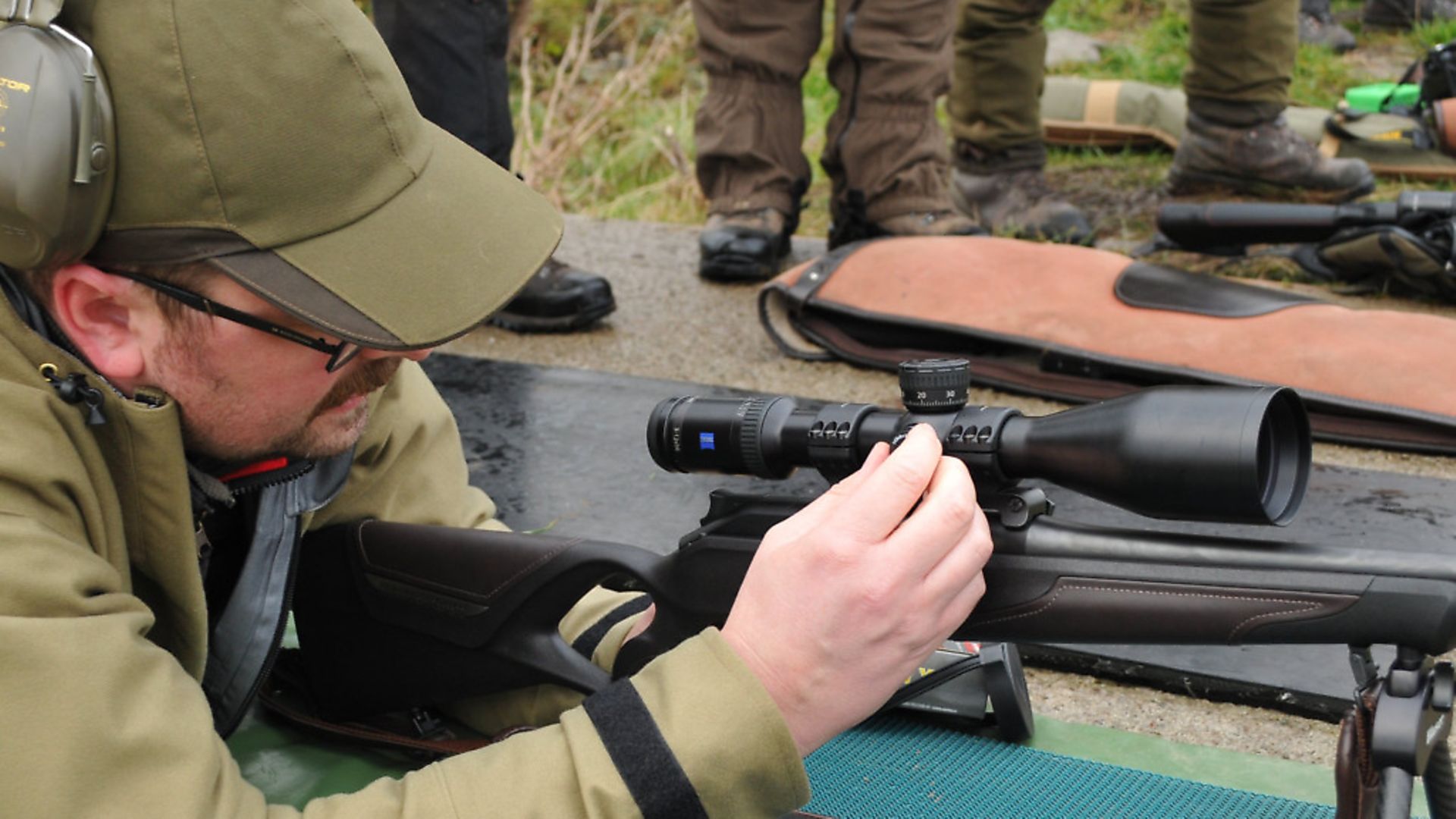 credit: Archant
credit: Archant
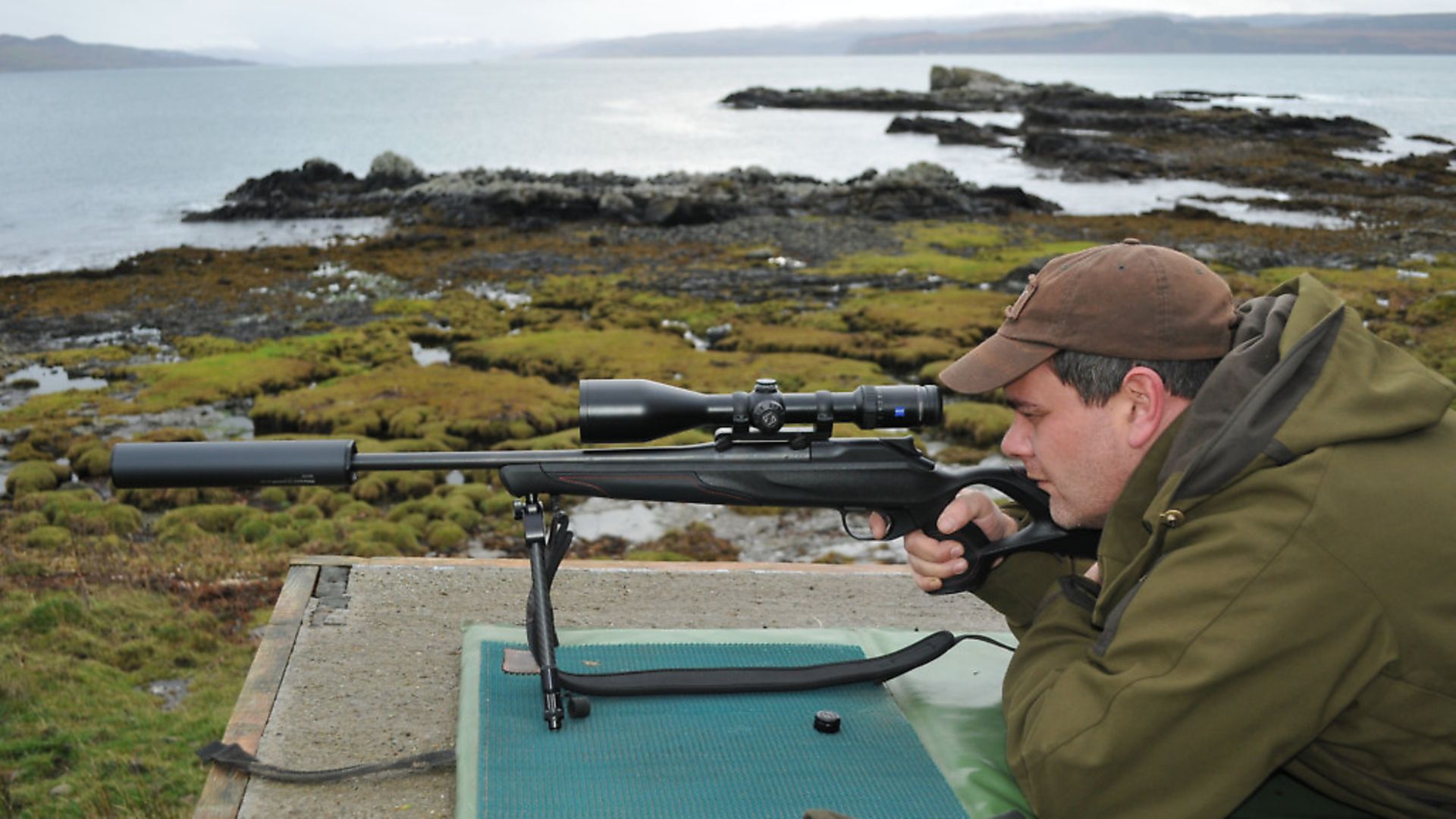 credit: Archant
credit: Archant
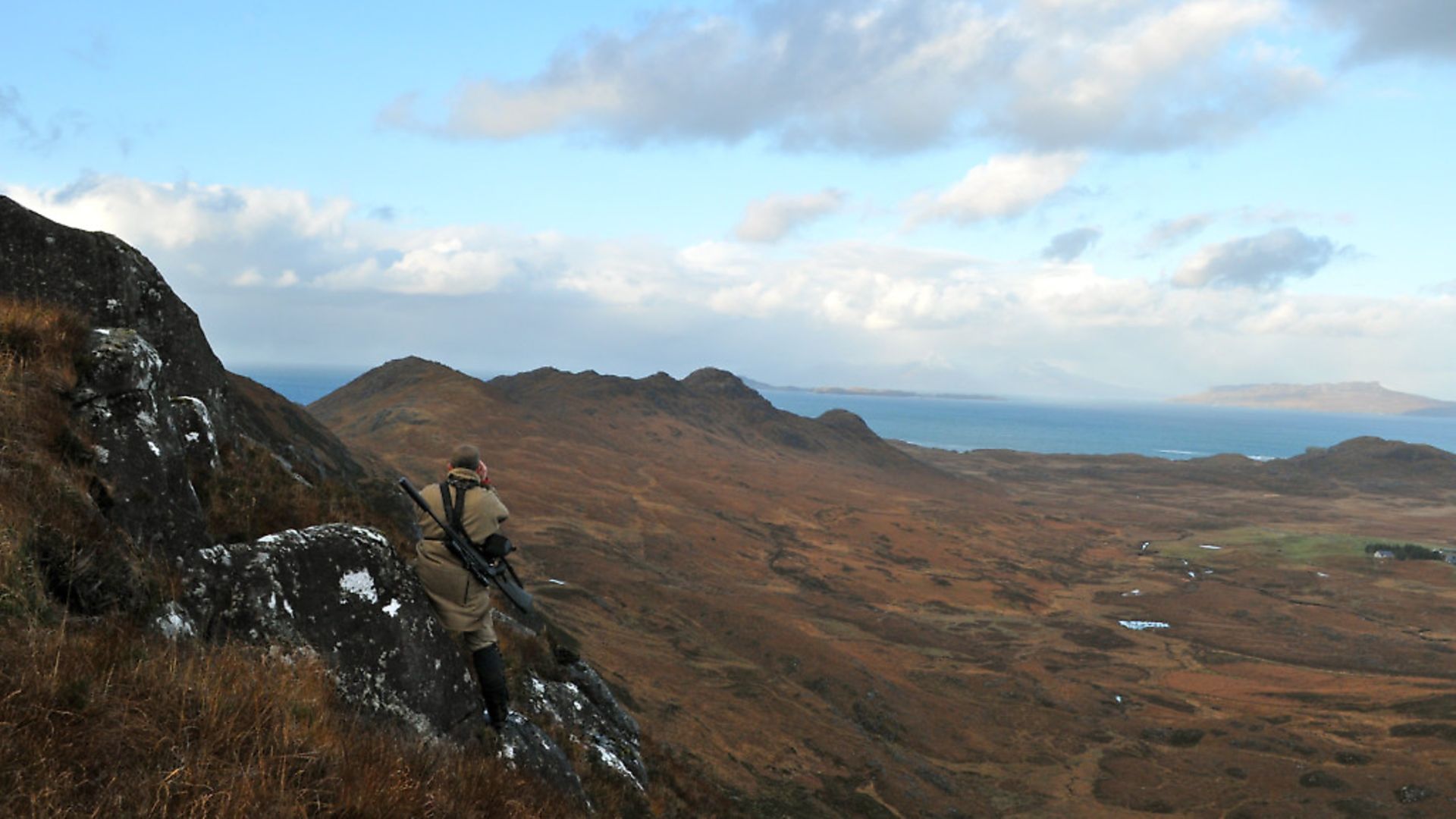 credit: Archant
credit: Archant
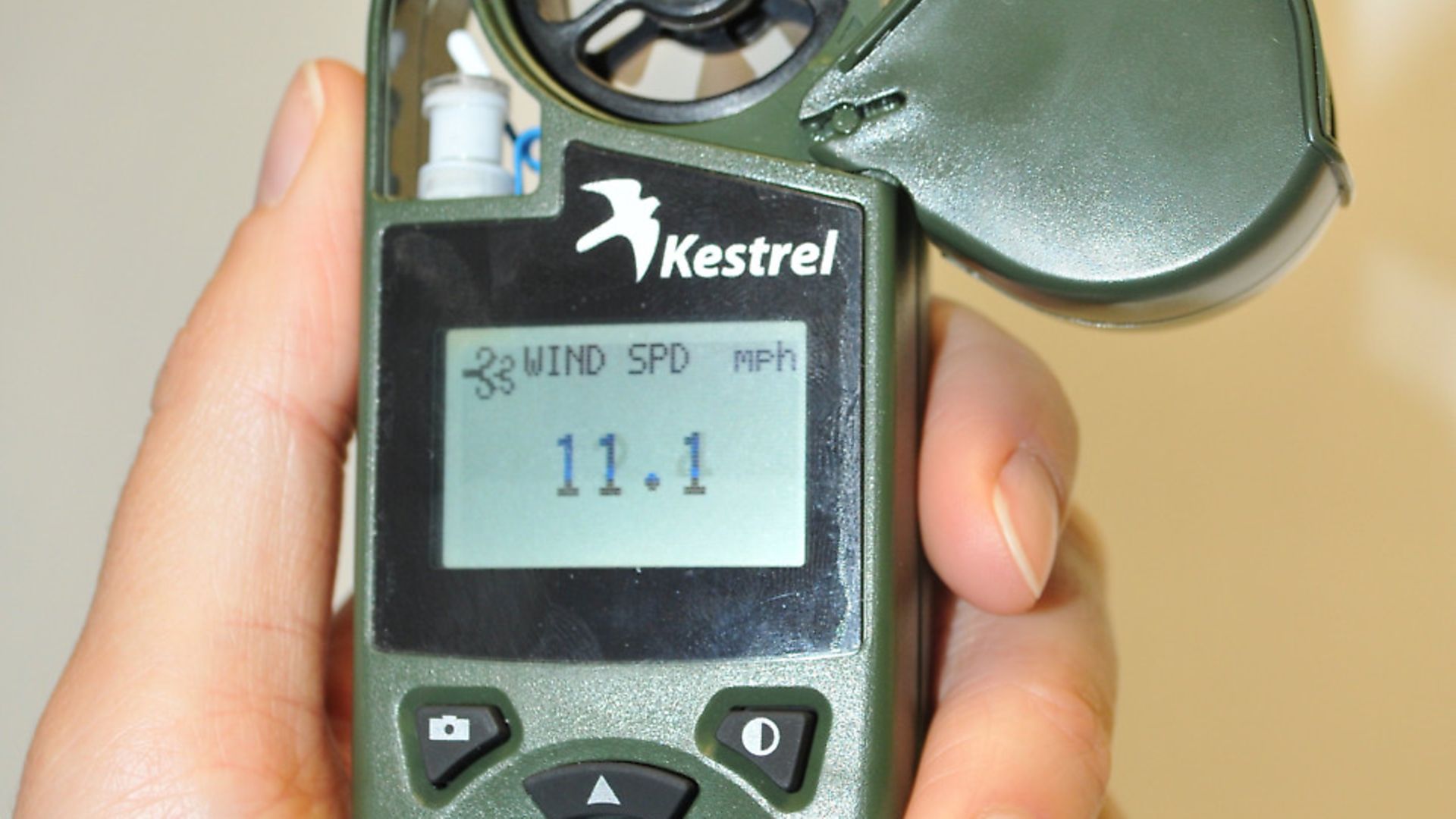 credit: Archant
credit: Archant
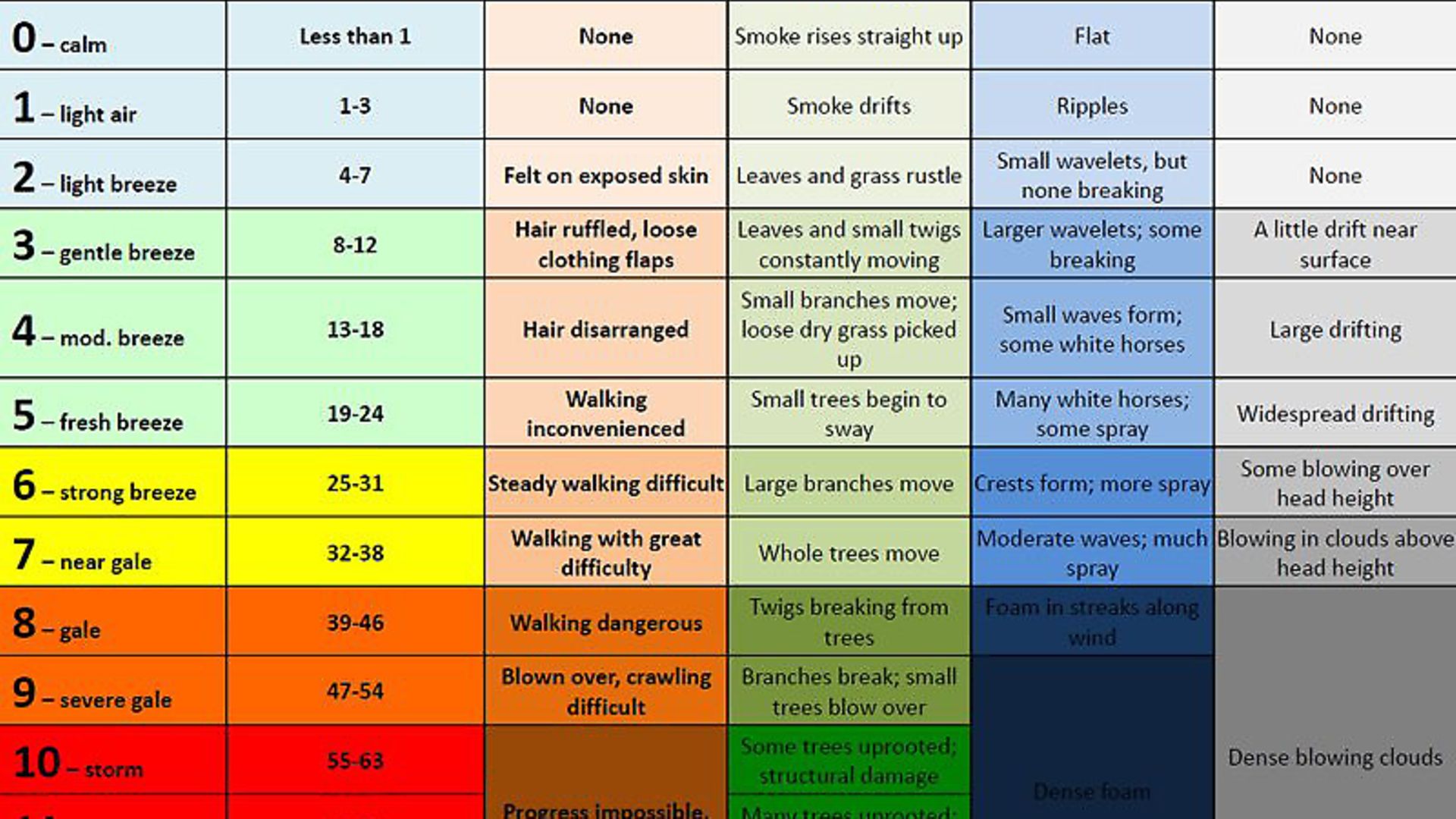 credit: Archant
credit: Archant